Part Analysis
| General Data | |
| Manufacturer (OEM) | Great Wall |
| PCB Type | Double-Sided |
| Primary Side | |
| Transient Filter | 4x Y caps, 2x X caps, 3x CM chokes, 1x MOV |
| Inrush Protection | 1x NTC Thermistor SCK-056 (5 Ohm) & Relay |
| Bridge Rectifier(s) |
2x Vishay GBU25KH (800V, 20A @ 100°C)
|
| APFC MOSFETs |
1x Infineon IPZ60R060C7 (600V, 22A @ 100°C, Rds(on): 0.06Ohm) & |
| APFC Boost Diode |
1x Cree C6D10065A (650V, 10A @ 155°C)
|
| Bulk Cap(s) |
2x Rubycon (420V, 470uF & 330uF each or 800uF combined, 3,000h @ 105°C, MXK)
|
| Main Switchers |
2x ON Semiconductor FCP104N60F (600V, 24A @ 100°C, Rds(on): 0.104Ohm)
|
| Driver IC | 1x Novosense Micro NSi6602 |
| APFC Controller | Champion CM6502UHHX |
| Resonant Controller | Champion CM6901X |
| Topology |
Primary side: APFC, Half-Bridge & LLC converter
Secondary side: Synchronous Rectification & DC-DC converters |
| Secondary Side | |
| +12V MOSFETs | 6x Diodes Inc. DMT4002LPS (40V, 100A @ 70°C, Rds(on): 1.8mOhm) |
| 5V & 3.3V | DC-DC Converters: 4x Diodes Inc. DMT3004LPS (30V, 110A @ 70°C, Rds(on): 3.8mOhm) PWM Controller(s): ANPEC APW7159C |
| Filtering Capacitors | Electrolytic: 1x Rubycon (6-10,000h @ 105°C, ZLH), 1x Rubycon (4-10,000h @ 105°C, YXF), 1x Rubycon (3-6,000h @ 105°C, YXG) Polymer: 18x FPCAP, 4x Nichicon, 1x Nippon Chemi-Con |
| Supervisor IC | IN1S429I-SCG (OCP, OVP, UVP, SCP, PG) |
| Fan Controller | Microchip PIC16F1824 |
| Fan Model | Champion CF1225H12D (120mm, 12V, 0.35A, Double Ball Bearing Fan) |
| 5VSB Circuit | |
| Rectifier(s) |
1x Infineon ICE5QR1680AG (800V, 5.8A, Rds(on): 1.75Ohm) & 1x R664
|
| Standby PWM Controller | Infineon ICE5QR1680AG |
This is a quality platform by Great Wall, which has vast experience in building small-form-factor PSUs. I should remind you that this OEM makes the Corsair SF series. The build quality is high, and the primary heatsink is large. However, there are no proper heatsinks on the secondary side since the 12V FETs are on PCB’s solder side, and the VRMs are installed on a vertical board. Lastly, the soldering quality is good, but the PCB’s finish could be better.
On the primary side, a full-bridge topology and an LLC resonant converter are used for lower energy losses and increased power handling. On the secondary side, we find a synchronous rectification scheme for the 12V rails and a pair of DC-DC converters to generate the minor rails. The design is modern but not cutting-edge since it isn’t required for something special for Platinum efficiency. With higher efficiency, noise output could be lower because of the decreased thermal loads.

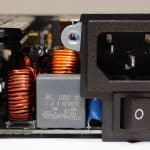
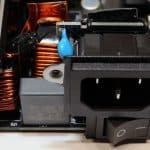
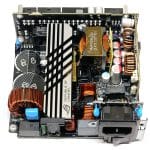
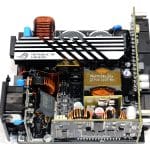
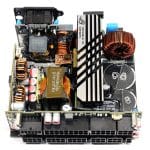

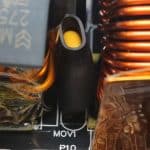

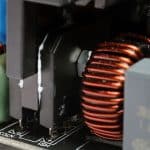
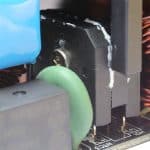

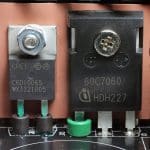

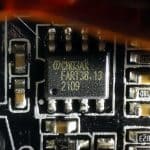
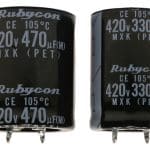
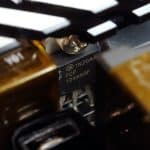
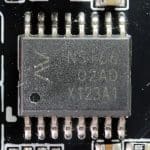
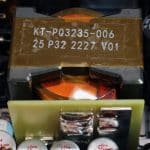

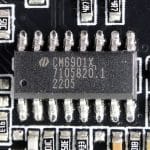
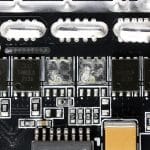
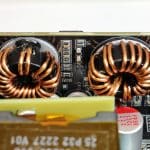

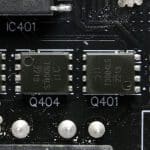
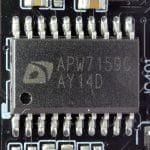



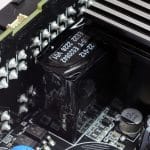
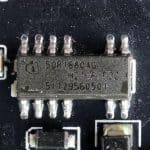

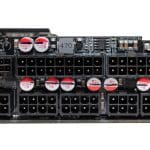

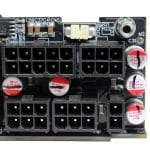

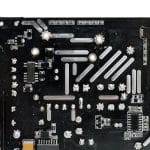
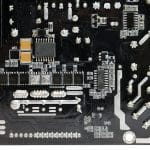
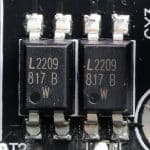
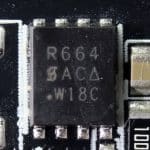
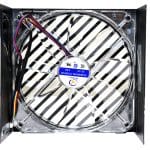




The amount of pci-e x8 is misleading in my mind. One cable is splitted in to two PCIe connections. which is not recommended in general. so you have only two PCIe x8 connections, within safety specifications.